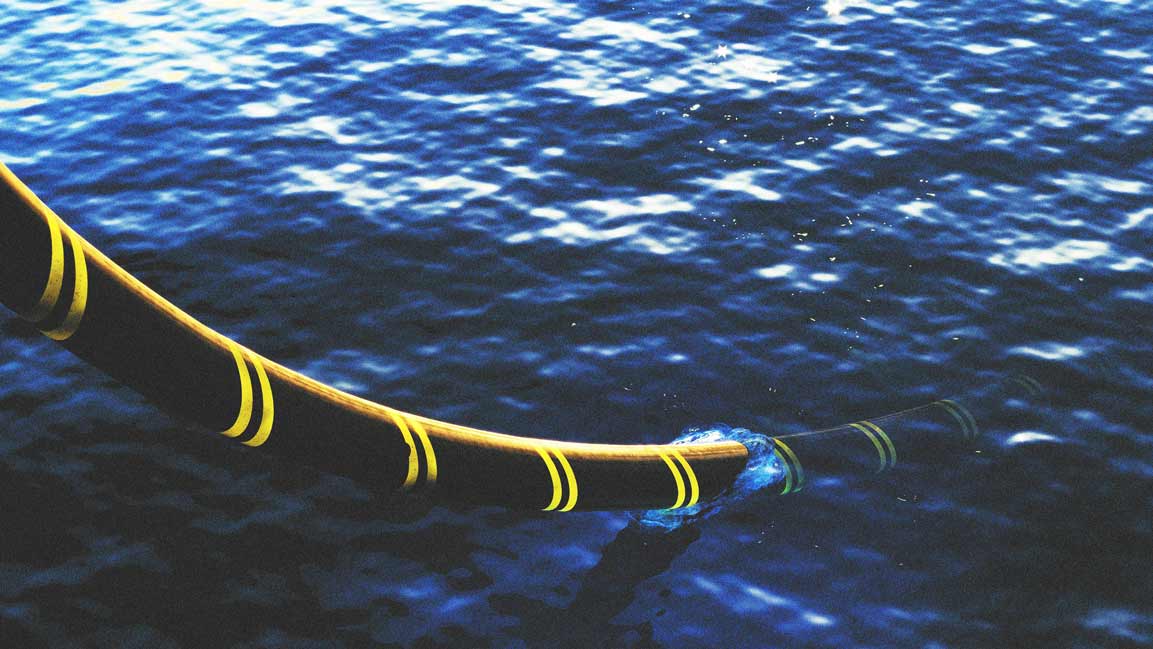- | 9:00 am
Egypt has an energy crisis. Will renewable energy be the key to solving it?
Experts discuss the challenges hindering the country’s renewable energy goals

Egypt’s energy crisis has worsened. Recent nationwide power cuts that had inconvenienced 106 million people have brought attention to this deepening crisis, but the North African country has been grappling with energy shortages for a long time as high cooling demand during summer drives up consumption. Egypt generates most of its electricity from burning natural gas.
In 2014, the country faced one of its most severe crises, with some areas experiencing up to six power cuts a day for up to two hours at a time.
“Have mercy on us,” read the front page of the state-owned newspaper, al-Gomhoria.
Egypt’s then-prime minister, Ibrahim Mehleb, announced plans to open more power stations and diversify from gas. “We admit we have a problem,” Mehleb said.
Ten years later, Egypt is facing the same problem. Since the summer of 2023, the country has implemented a load-shedding program, as power stations have come under increased pressure from a drop in gas supply due to high local consumption during the hot months.
Egypt’s daily power consumption has exceeded 37 gigawatts, up 12% from last year.
The most recent power cuts were scheduled for three hours throughout the day. However, many areas have experienced outages lasting up to five hours.
This month, Egypt’s Prime Minister, Moustafa Madbouly, announced that the load-shedding schedules were ending. However, he cautioned that outages could still occur in certain areas.
Egypt must import around $1.18 billion of natural gas and mazut fuel oil to end the long-running cuts.
Gas output has fallen to its lowest level in the last six years, raising concerns about the government’s ability to maintain energy self-sufficiency.
Some say the main reason for Egypt’s economic stagnation is its energy crisis, which leads to high energy import spending. In addition, the country’s debt to oil companies reached over $6 billion last year. As a result, these companies reduced their investment, decreased production, and increased the import bill and trade deficit.
A FAILING STRATEGY
Citizens and prominent government figures have questioned the recurring strategy of mitigating the energy crisis with nationwide power cuts.
Mohamed Atef, a UN International Energy Policy Consultant, says Egypt has long been overly dependent on fossil fuels for power generation.
“This has massively affected the country’s energy security. Despite having a big pool of primary energy resources, including solar, wind, and biomass, Egypt has only harnessed a minimal potential for these resources.”
Atef explains that due to the low supply of gas from Zohr, caused by export requirements and reduced gas pressure, the country is facing a severe fossil fuel shortage, which is used to generate electricity. This has forced the government to reduce peak demand by implementing frequent power cuts.
“These power cuts act as an instant solution but at the expense of people feeling discomfort and industrial sectors that have no other sources of electricity except the main grid.”
Several factories, including heavy industries like iron and cement, have temporarily closed due to the gas shortage.
For ordinary people, outages disrupt daily lives. “Every day, you had to account for two to three hours without electricity. As someone who works from home, these outages coincided with my working hours and affected my younger siblings’ studying and schoolwork,” says Farah Mohamed, adding that finding or planning alternatives is difficult.
CLIMATE CHANGE
In addition, like elsewhere, temperatures in Egypt are climbing at an alarming rate, with some regions, such as El-Minya, experiencing heat waves of up to 44°C.
“Egypt’s weather conditions have made power cuts much harder to endure. The absence of air conditioning makes the situation extremely challenging,” says Mohamed.
Jinsun Lim, Energy and Environment Policy Analyst at the International Energy Agency (IEA), says the increase in Egypt’s temperatures has raised energy demand. “Increasing electricity demand for cooling and decreasing generation efficiency calls for a more resilient energy system.”
Lim emphasizes promoting climate-resilient energy transitions. With Egypt projected to experience a significant rise in various climate hazards by the end of this century, decisions regarding future energy systems must be guided by accurate information on climate risks and impacts.
Suggesting alternative strategies for Egypt during this period of energy shortages, Atef advocates for improving energy efficiency, including enforcing minimum energy performance standards for imported equipment, mandating energy audits, and applying demand-side management techniques.
He also recommends that Egypt revise its net metering law to facilitate the installation of decentralized mini-grids, such as solar and combined heat and power plants. This shift would enhance grid resilience and bolster the country’s energy security. “On a regulatory level, the country should also adopt strict penalties on electricity theft,” he adds.
RENEWABLE ENERGY CHALLENGES
The government plans to address energy demand through investing in renewable energy. This year, Egypt announced plans to increase its 2030 renewable energy target in the energy mix to 60%, up from the previous goal of 42%. However, Egypt’s deepening economic crisis poses a significant challenge to its renewable energy ambitions.
The burden of foreign debt repayment is heavy, compounded by rising interest rates and a weakening currency, which have escalated debt servicing costs. Interest payments consumed over 45% of total revenue in the financial year that ended in June 2023.
Yasmina Abdelilah, an Energy Analyst for Renewable Energy Markets at the IEA, notes that Egypt’s renewable electricity demand is the second highest in the Middle East and North Africa region and will exceed 37 GW by 2030.
“Challenges to growth include complex administrative procedures, long lead times for permitting and grid connections, lack of long-term visibility over future procurement schemes, and system integration of new capacity,” adds Abdelilah.
Discussing the challenges hindering Egypt’s renewable energy goals, Mohamed Sherwali, Renewable Energy & Environment Senior Specialist at the Regional Center for Renewable Energy and Energy Efficiency, points out that grid integration and infrastructure are challenging.
Existing electricity networks were designed for conventional, centralized power generation. Integrating power from large-scale renewable energy projects—one of the pillars for achieving the 2035 target—is crucial. Implementing new transmission lines and substations may face challenges due to a lack of government funding.
Environmental challenges also pose a threat. Many high-wind resources are located in areas sensitive to various species.
WHAT THE FUTURE HOLDS
The IEA’s Renewable Energy Market Report forecasts that renewable capacity in Egypt will grow by 80%, from 6.8 GW to 10.2 GW, by 2028.
Despite the challenges, Sherwali believes that renewable energy, particularly large-scale solar photovoltaic and concentrated solar power projects, will become a dominant source of electricity, leveraging the country’s abundant solar resources.
In his view, Egypt will also maintain a diversified energy mix, including natural gas, and potentially explore other energy sources like nuclear power.
In addition to the role of renewable energy, Sherwali notes that Egypt will emphasize improving energy efficiency across various sectors, including industry, residential, and transportation, to optimize energy consumption and reduce overall demand.
“Overall, the long-term future of Egypt’s energy sector appears promising, with renewable energy playing an increasingly key role and the country taking steps to modernize its energy infrastructure and diversify its energy mix.”







































